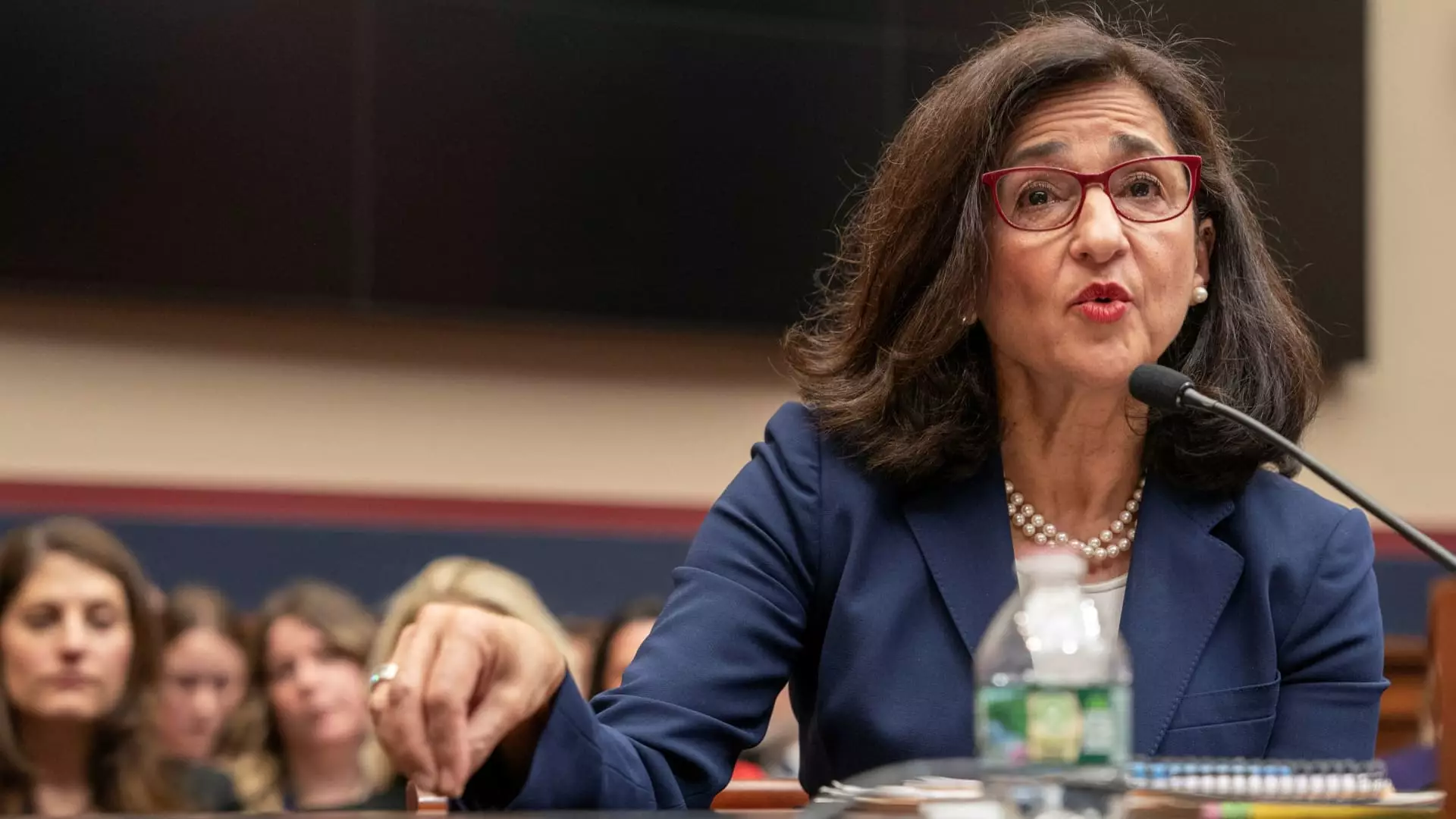The recent resignation of Nemat “Minouche” Shafik as the president of Columbia University has stirred up controversy and left many questioning the circumstances that led to her departure. After just a little over a year in office, Shafik decided to step down amidst mounting criticism over her handling of protests on campus related to the war in Gaza. The announcement came in the form of a letter to the Columbia community where Shafik expressed a mix of achievements and challenges during her tenure.
Throughout her time as president, Shafik faced criticism from various quarters. Anti-war protesters on campus took issue with her response to their demonstrations, while House Republicans in Congress questioned her management of issues like antisemitism at the university. The decision to involve the New York City Police Department in clearing out protester encampments raised further controversy, leading to increased tensions with different factions within the Columbia community.
In her resignation letter, Shafik cited the toll the period of turmoil had taken on her family and the community as a whole. She emphasized the need for new leadership to guide the university through the challenges ahead, signaling a desire for a fresh start for Columbia. The Board of Trustees accepted her decision, expressing regret at her departure and appointing Katrina Armstrong as the interim president to lead the institution forward.
The resignation of President Shafik was met with mixed reactions from student groups on campus. While some welcomed the change in leadership, others expressed concerns about the circumstances leading to her departure. Groups like Columbia Students for Justice in Palestine, who had been active in the protests against Shafik, viewed the resignation as a victory for their cause. The divisions within student bodies reflect the broader challenges facing universities in addressing contentious issues like the Israeli-Palestinian conflict.
The wave of protests and resignations at universities across the country, including Columbia, highlights the complex environment in which higher education institutions operate. The intersection of political, social, and academic interests poses unique challenges for university leaders, requiring them to navigate competing demands while upholding core values of free speech and academic integrity. The scrutiny faced by university presidents like Shafik underscores the need for effective communication and engagement with stakeholders in addressing sensitive issues.
As Columbia University transitions to new leadership with the appointment of an interim president, the focus is now on moving forward and fostering a sense of unity within the community. The incoming leadership faces the task of rebuilding trust, addressing grievances, and charting a path that upholds the institution’s mission and values. The resignation of President Shafik serves as a reminder of the complexities inherent in leading academic institutions and the importance of fostering dialogue and understanding in times of unrest.


Leave a Reply